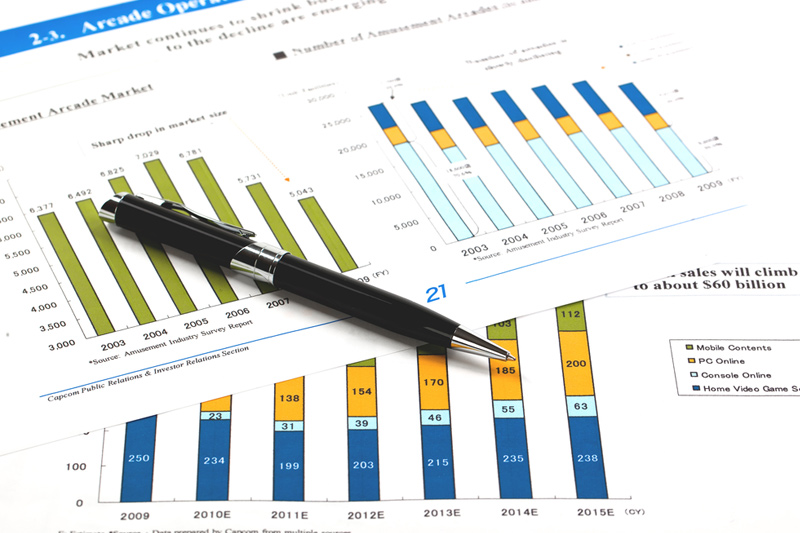
© Reuters. FILE PHOTO: People pump gas at a Sunoco gas station in Philadelphia, Pennsylvania, U.S. February 19, 2022. REUTERS/Hannah Beier/FILE PHOTO
NEW YORK (Reuters) – U.S. consumer prices increased solidly in February amid higher costs for gasoline and shelter, suggesting some stickiness in inflation that could delay an anticipated June interest rate cut from Federal Reserve.
The consumer price index (CPI) rose 0.4% last month after climbing 0.3% in January, the Labor Department said on Tuesday. Gasoline and shelter, which includes rents, contributed more than 60% to the monthly increase in the CPI. In the 12 months through February, the CPI increased 3.2%, after advancing 3.1% in January.
Economists polled Reuters via biedexmarkets.com had forecast the CPI gaining 0.4% on the month and increasing 3.1% year-on-year.
MARKET REACTION:
STOCKS: U.S. stock index futures extended a gain to up 0.45%
BONDS: U.S. Treasury yields were mixed after the data, with yield last a tick lower at 4.548%, and the 10-year yield up slightly at 4.112%FOREX: The added a bit and was 0.136% firmer
COMMENTS:
MELISSA BROWN, MANAGING DIRECTOR, APPLIED RESEARCH, SIMCORP, NEW YORK
“Inflation was a little hotter than expected, particularly core inflation which is still significantly above the 2% target. The market seems to be shrugging it off which is a little surprising.”
“We’ve got a trade-off. If the Fed has to cut aggressively it’s because the economy isn’t doing so well. So the flip side of that is that the economy is strong. We may still have inflation but .. maybe the market is a little more focused on the idea that a soft landing is looking less likely and that we’re looking at a no landing scenario where growth slows down but we wouldn’t see a recession.”
“With rates higher than they’ve been in years we’ve still managed to have a strong economy. People could be realizing that higher than expected inflation isn’t hurting the economy and corporate profits … we seem to be pretty resilient to these numbers that are somewhat high.”
PHILLIP COLMAR, GLOBAL STRATEGIST, MRB PARTNERS, NEW YORK
“Sticky inflation seems to be very much intact at this point.
“This is problematic for the bond market and the Fed’s view that inflation’s ultimately coming down to that 2% target.
“The underlying trend is suggesting that sticky inflation is the theme, which is problematic. The Fed was thinking that we would end up with subdued growth, that we build enough slack in the economy to bring down inflation.
“But the output gap indicates there’s no slack in the economy. That’s not a good sign when you’re not going to grow below trend and you have no slack in the economy, that signals sticking inflation.”
EUGENIO ALEMAN, CHIEF ECONOMIST, RAYMOND JAMES, FLORIDA
“Markets seem to be reacting well, it is not a big jump. The year over year rate for the core continues to move down, which means that things are improving, which is good news for the Federal Reserve. That is the reason why markets seem to be taking it in stride.”
“I think March’s inflation number is probably going to be much better. If core prices is prices continue to go down, even if the headline number doesn’t come down as fast, they (Fed) can start moving, maybe by mid-year.”
KIM FORREST, CHIEF INVESTMENT OFFICER, BOKEH CAPITAL PARTNERS, PITTSBURGH “Came in a little hotter than anticipated and because this is the second month in a row, investors are going to take this as a trend, not just a data point.”
“The increase wasn’t (that) extreme and these are preliminary numbers .. they’re close enough to what was anticipated and I think investors are willing to give it another month.”
“If we listen to Jay Powell last week, he said he’s data driven … he did say that they feel this is the peak interest rate of this cycle and that is probably what’s keeping a cap on investors’ expectations today where they’re not selling off and getting all freaked out.”
BRIAN JACOBSEN, CHIEF ECONOMIST, ANNEX WEALTH MANAGEMENT, MENOMONEE FALLS, WISCONSIN“While energy and transportation services were hot, food, new vehicles, and medical care services were not. Depending on who you ask, this report isn’t too shocking. Powell’s super-core inflation decelerated from the super-hot January reading, so that’s reassuring. Inflation has been concentrated mostly in the South with that region’s inflation coming in at 3.7% while the Northeast has had inflation of 2.4%. The Fed wasn’t planning on cutting next week anyways, so this report doesn’t change the discussion they’ll have around the table.”
ROBERT PAVLIK, SENIOR PORTFOLIO MANAGER, DAKOTA WEALTH, FAIRFIELD, CONNECTICUT
“Inflation is still sticky. It’s kind of what we’ve all been experiencing, higher prices not really coming down that much, but not really increasing that much either, just essentially being where they are and that’s sort of the world we live in and the return to 2% inflation doesn’t seem to be coming around any time soon. So, expectations of 2% inflation are really unrealistic.” “We’re on a glide path to a June rate cut and I don’t think there’s any kind of change to that yet. I’m still expecting three rate cuts sometime this year beginning in that June timeframe.”
RUSSELL PRICE, CHIEF ECONOMIST, AMERIPRISE FINANCIAL SERVICES INC, TROY, MICHIGAN
“The inflation situation is going to likely drag out for several more months, thus possibly keeping the first Fed rate cut still on the sidelines for a bit longer than expected.
“I was looking for June for the first rate cut to be the most likely and I still think that that might be the most likely.
“We’ll have to see another month or two of the data to see if we truly do get a deceleration in some of the core costs. It’s still a wait and see situation. There are still components that are running hot that need to decelerate.”
